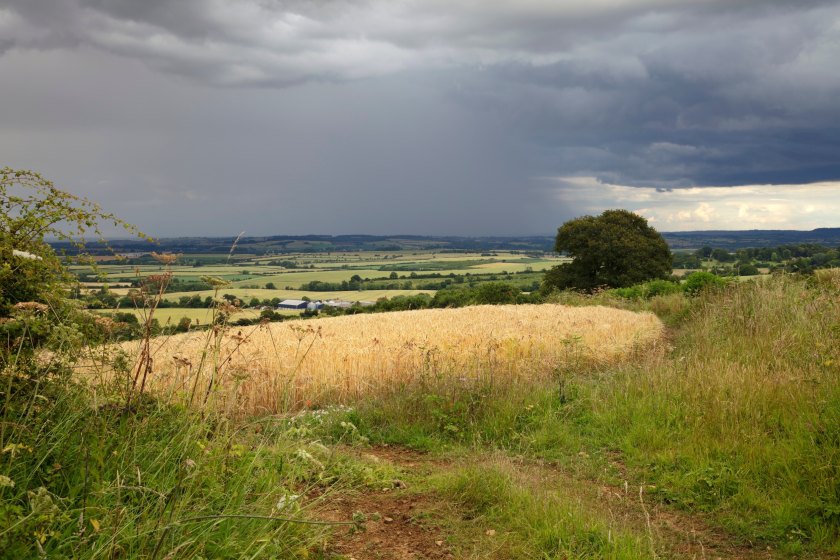
Farmland values in England have reached a record high, with the average price of arable farmland rising by 12% in 2022 to reach £10,600 per acre.
This is £600 per acre more than the previous peak of the market in 2014-2015, according to Strutt & Parker’s updated Farmland Database.
Meanwhile, the average price of pasture land rose by 13 percent to £8,500 per acre, the database shows.
Recording the details of all farms, estates and blocks of publicly marketed farmland over 100 acres, it shows that the volume of land which came to the open market in 2022 was nearly 20,000 acres more than in 2021.
However, demand has continued to outstrip supply, with a mix of private investors, institutional buyers and commercial farmers all active in the market.
The strength of demand is illustrated by the fact that 85% of farms that exchanged in 2022 sold for at or more than their guide price.
“A series of events has combined to make the land market very competitive,” says Matthew Sudlow, head of estates and farm agency for Strutt & Parker.
“While we saw a rise in the quantity of farmland on the market last year, the total volume available was not up by enough to meet demand."
Demand has been particularly strong for larger blocks of commercial arable land, where competitive bidding has meant, in some instances, the price per acre achieved has been well in excess of the national average.
In fact, more than a quarter of the arable land sold in 2022 achieved more than £12,000/acre.
According to Mr Sudlow, this is positive for sellers, although it does mean that prospective buyers need deep pockets.
The database shows that supply has been growing, with 77,400 acres publicly marketed in 2022, which is the most since 2018.
However, this is not a large amount of land in historical terms, with the 20-year average being 86,700 acres.
Supply jumped significantly in the East of England, but this was down to a small number of significant sales in terms of acreage, rather than an increase in the number of farms available.
The number of farms available was actually below the five-year average in every region other than the North West and South East.
This highlights that while the total acreage was up, finding the right farm in the right location can be a challenge.
In terms of demand, the level of interest shown by private and institutional investors proves the adage that at times of economic uncertainty and high inflation there tends to be renewed interest in land.
“Private and institutional investors accounted for 30% of transactions in 2022, compared to an average over the past decade of about 22%,” says Mr Sudlow.
“In addition, because such investors have typically been buying larger farms and estates, their role in the market becomes even more significant in terms of how many acres they purchased.
"For example, our analysis showed that out of a subset of 32,000 acres of publicly marketed farmland which reached the point of exchange by the end of 2022, 15,300 acres had been purchased by either a private or institutional investor, which was double the area bought by farmer buyers."
Looking ahead, interest rate rises mean that where buyers need to borrow money then the outlook is more challenging than it has been for a number of years.
However, it is anticipated there will still be a pool of cash buyers – including farmers – who are keen to buy land either for expansion, tax reasons, capital growth, amenity, lifestyle or environmental reasons.
The trend of private investors seeing land as a relatively safe place to hold capital is likely to continue, the database shows, although prices may start to level off and the market become more settled.
